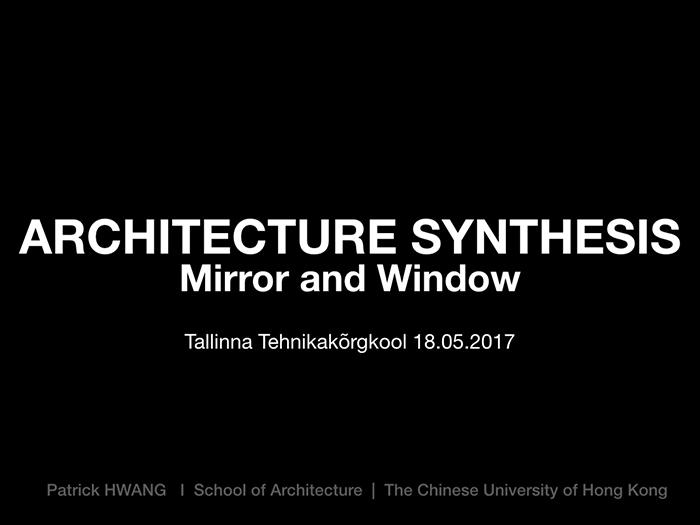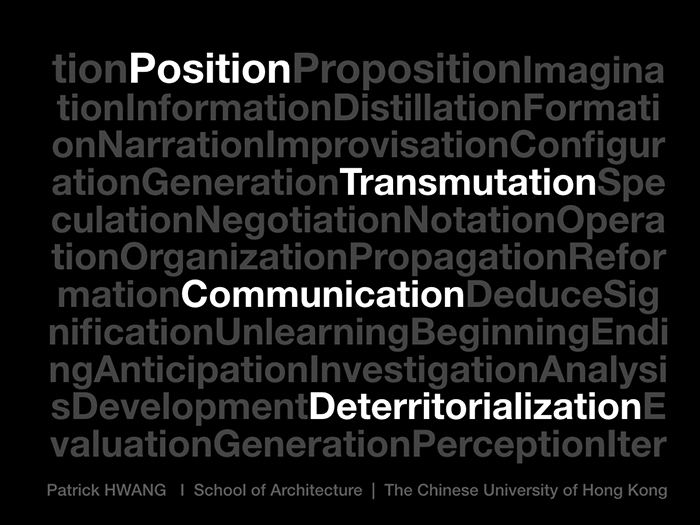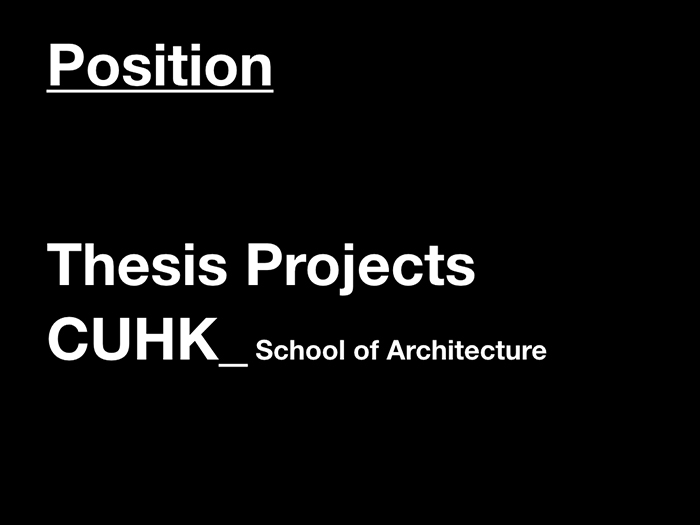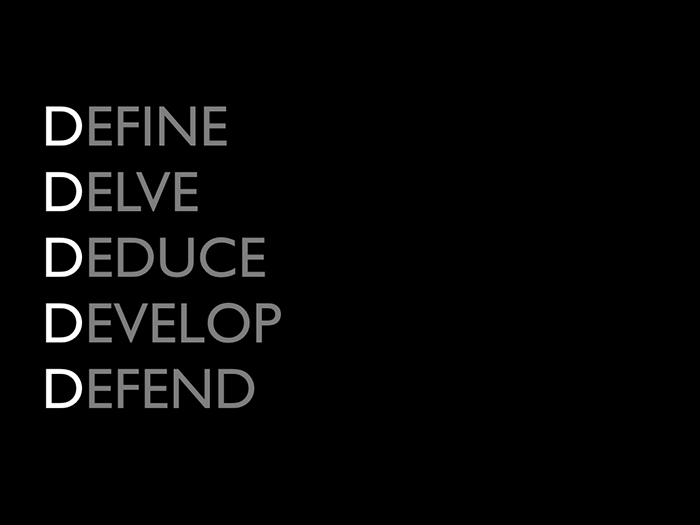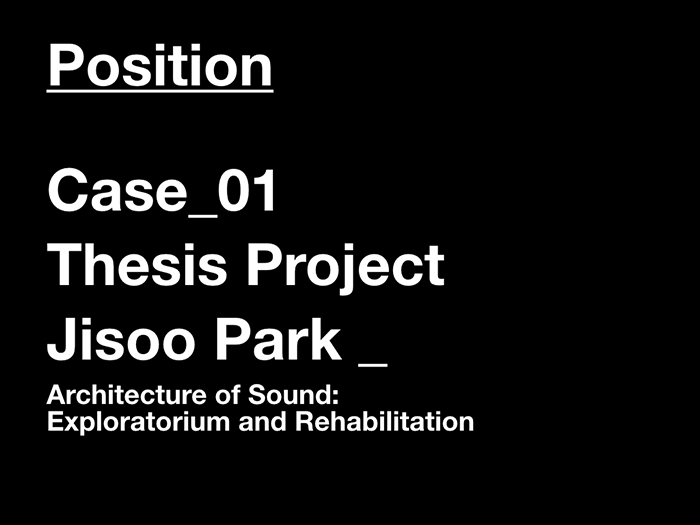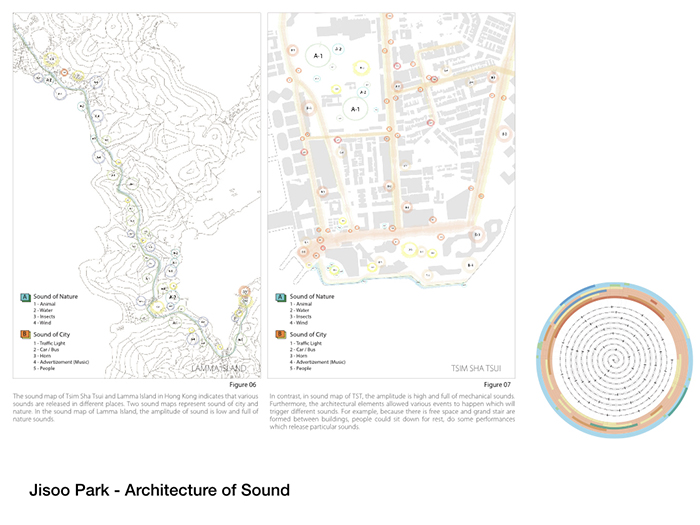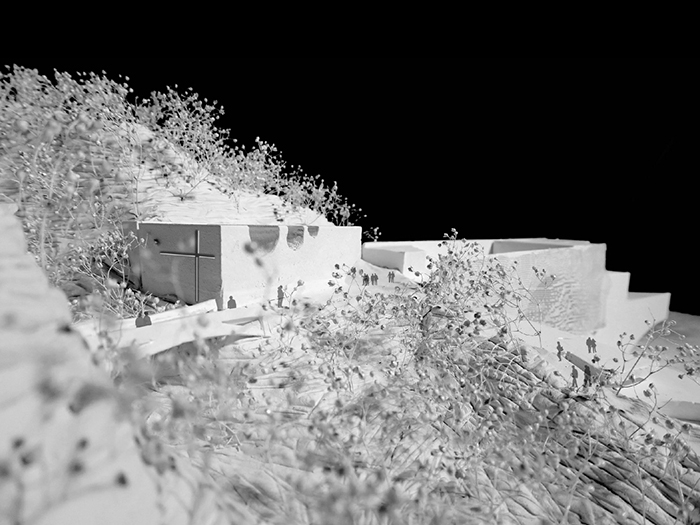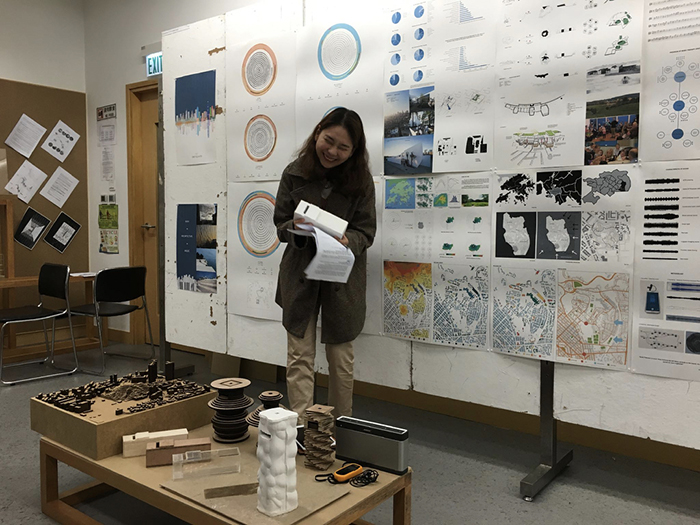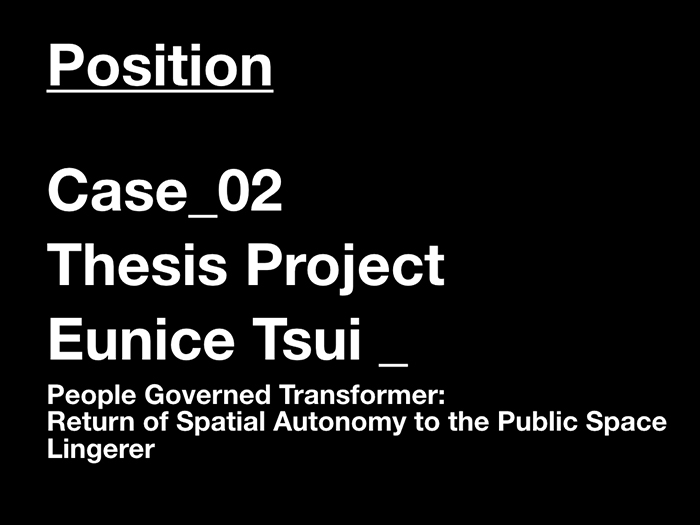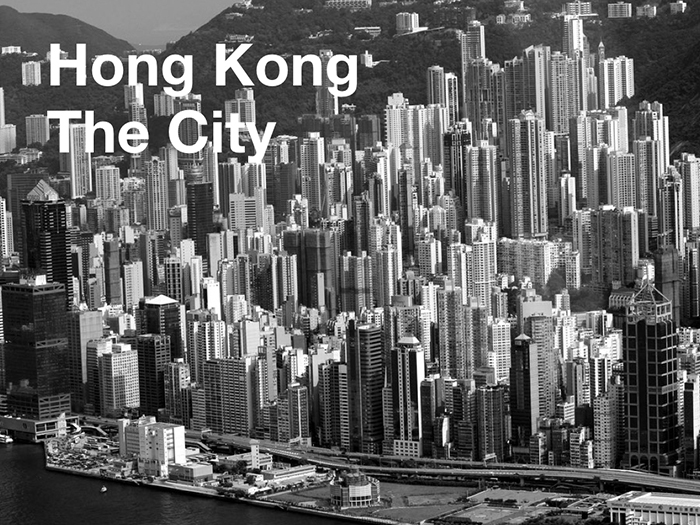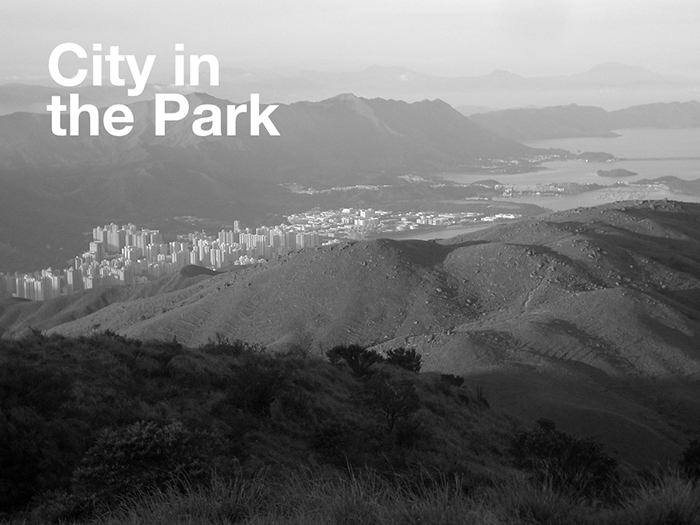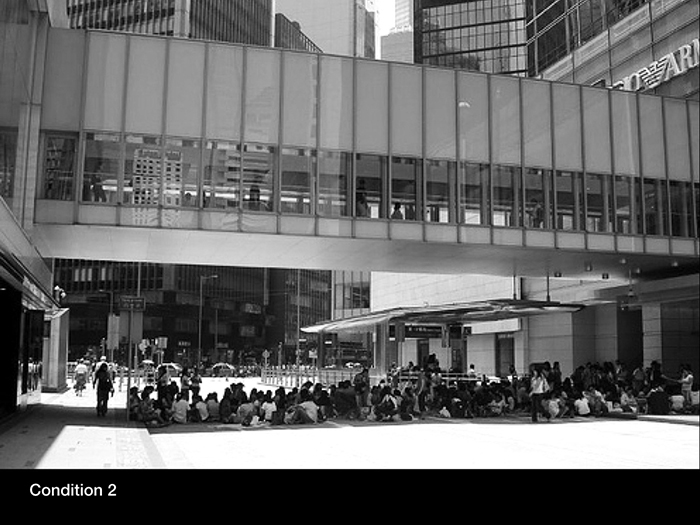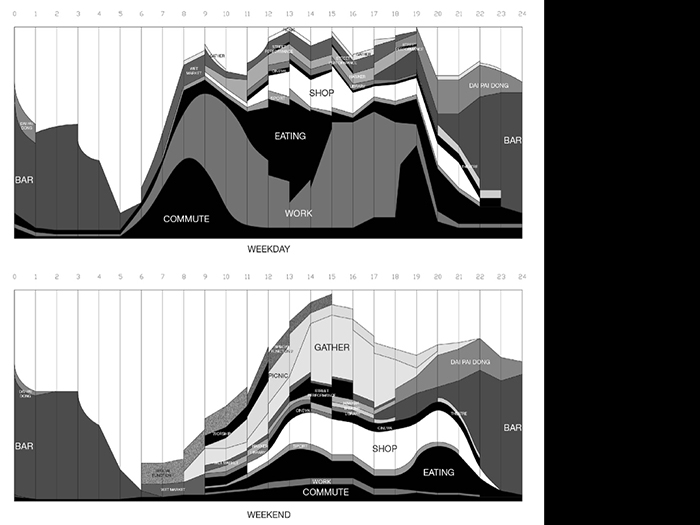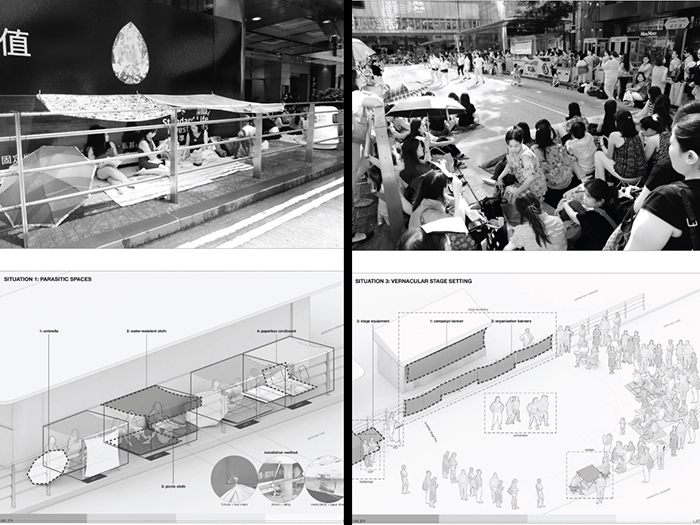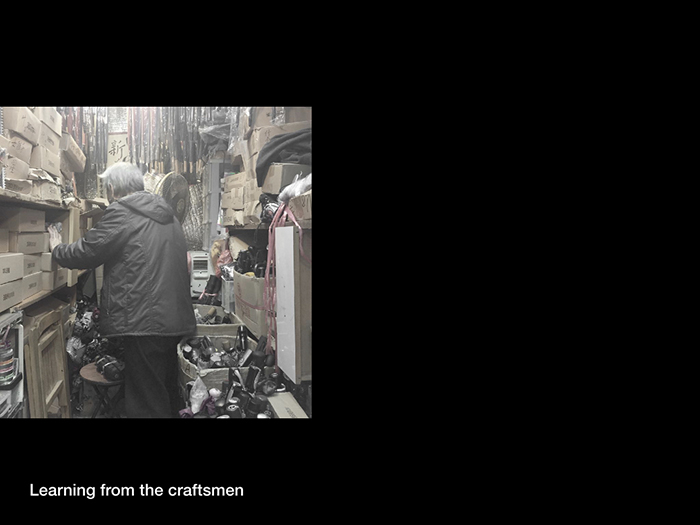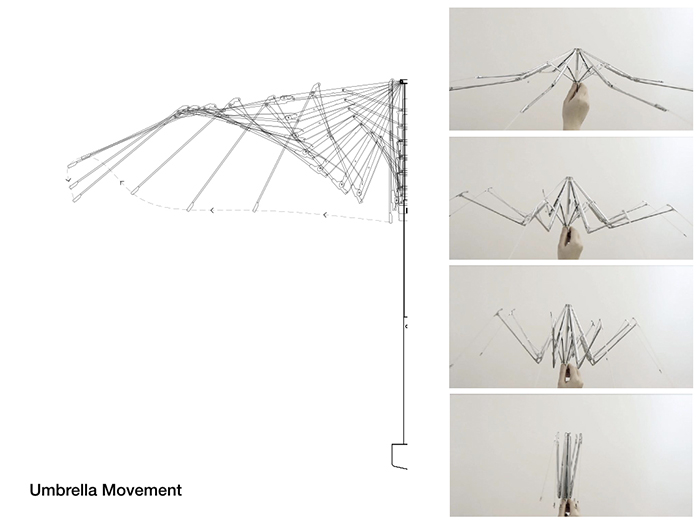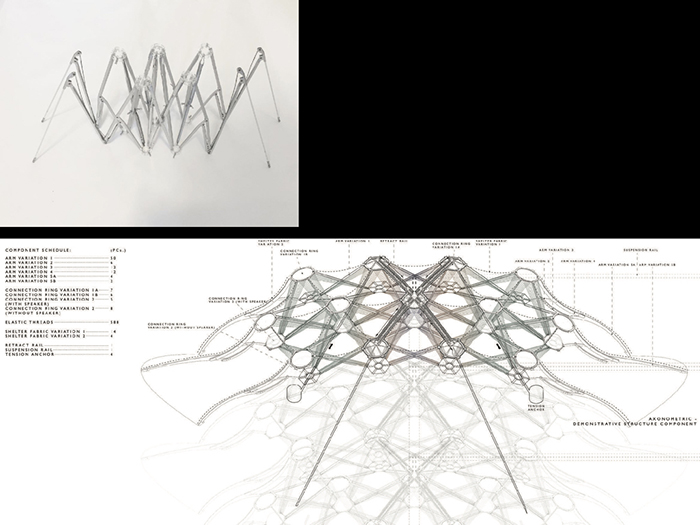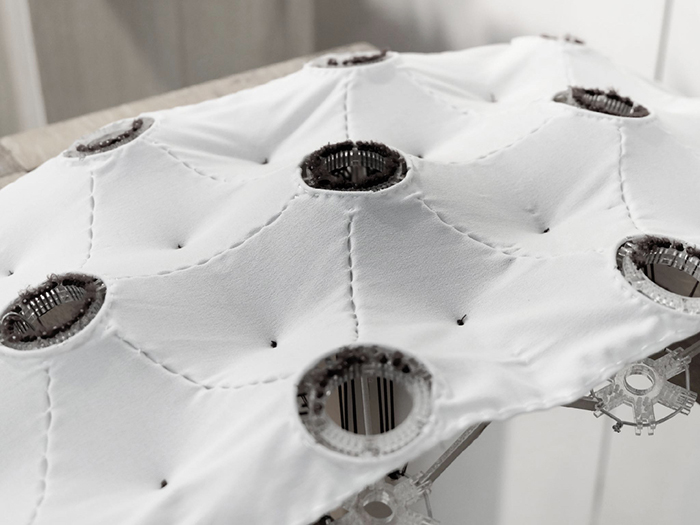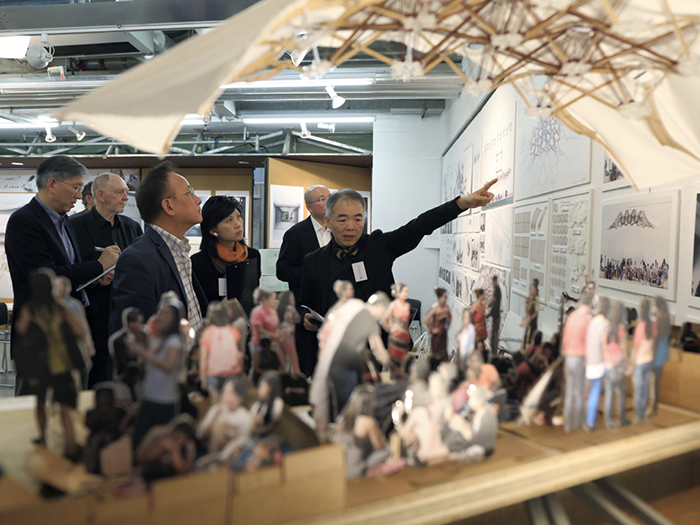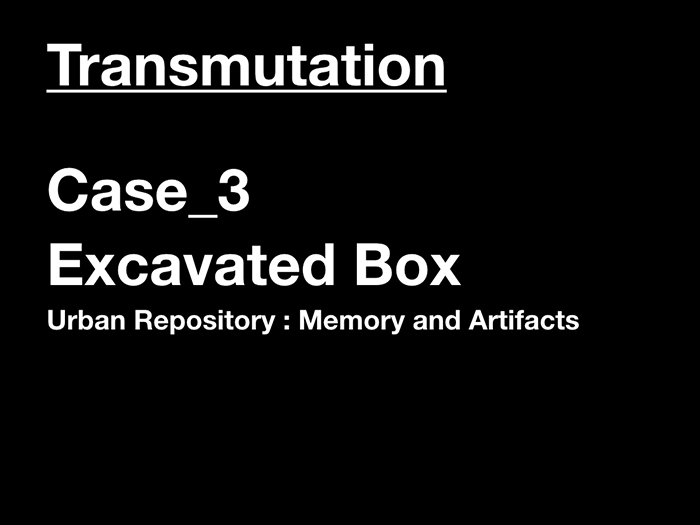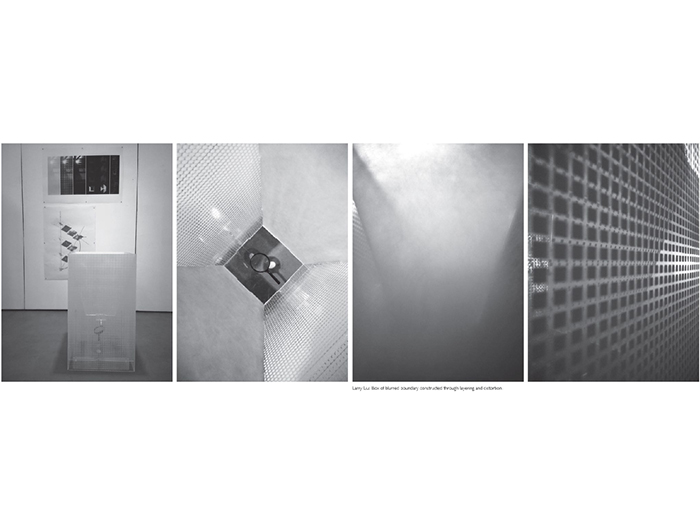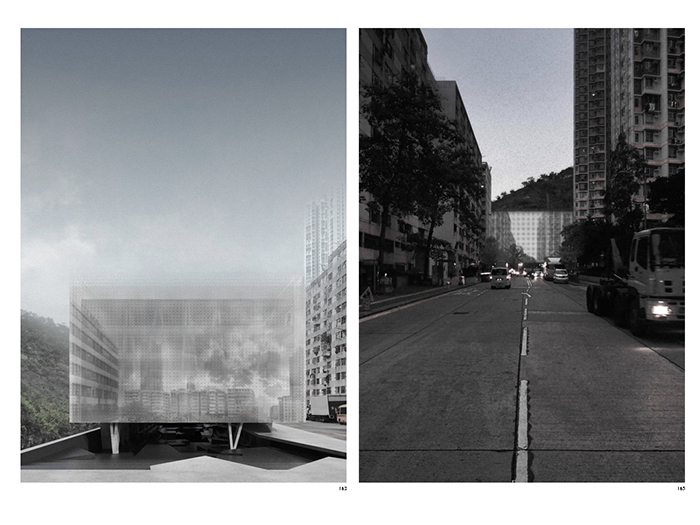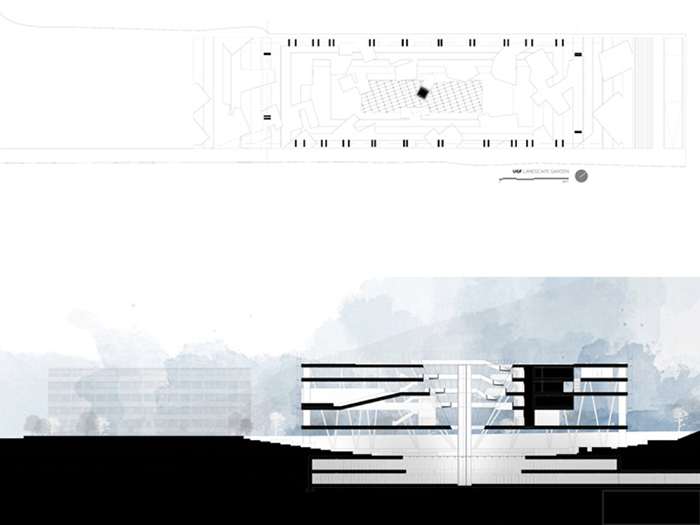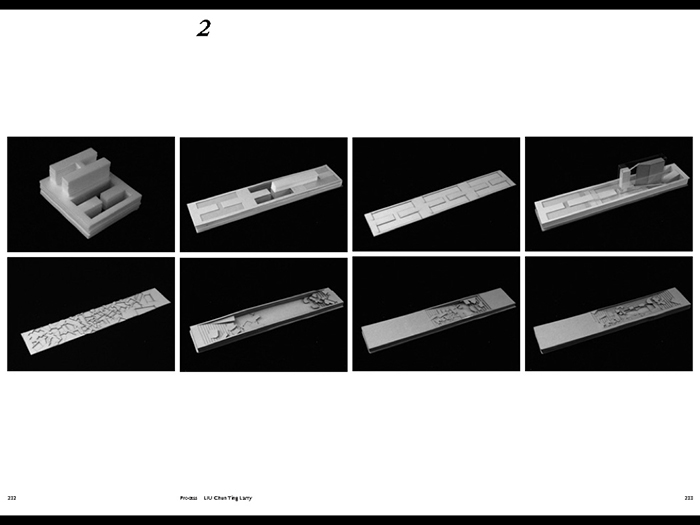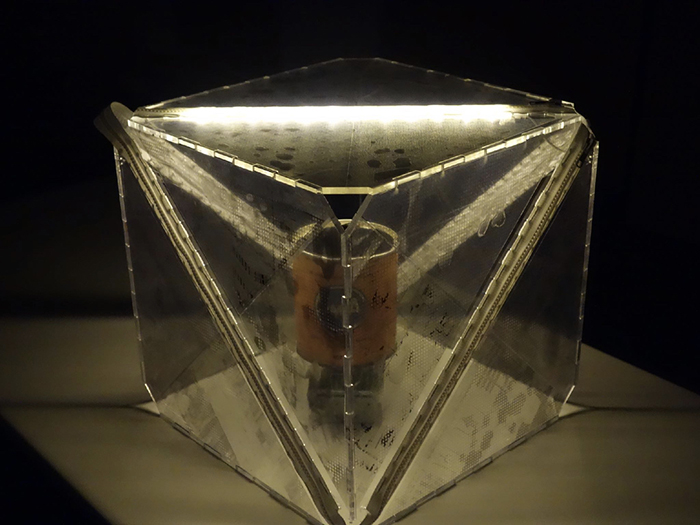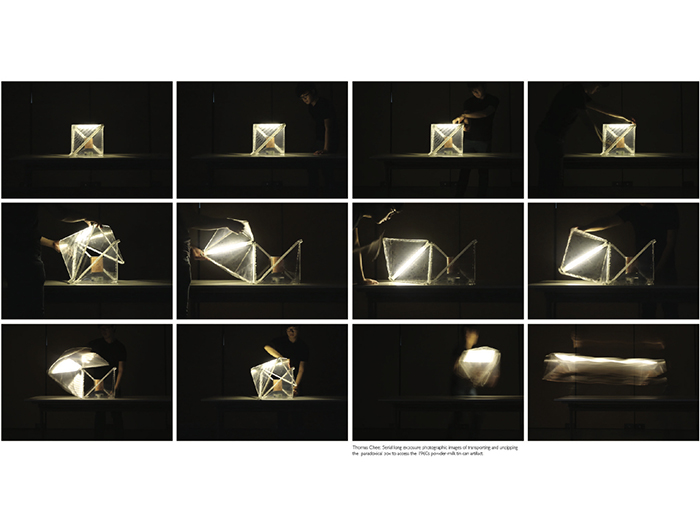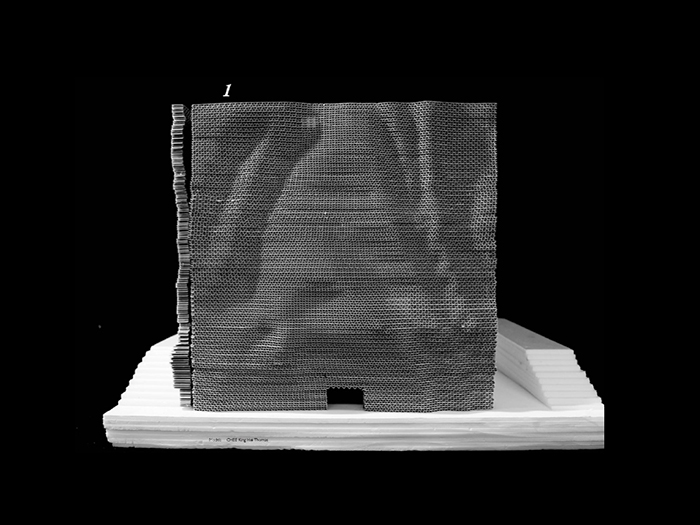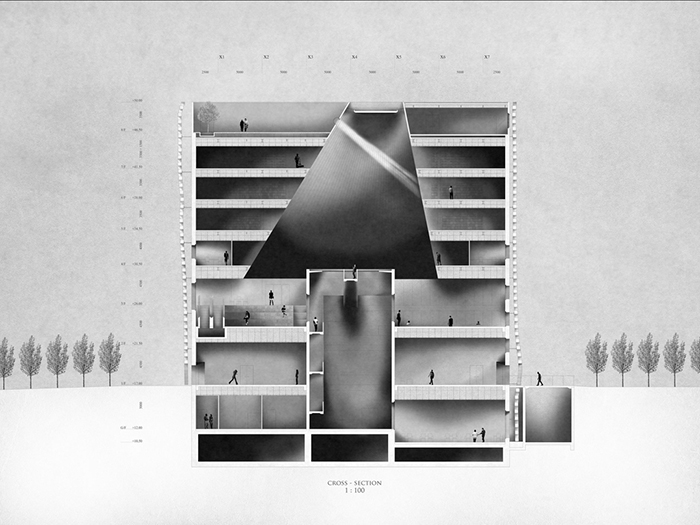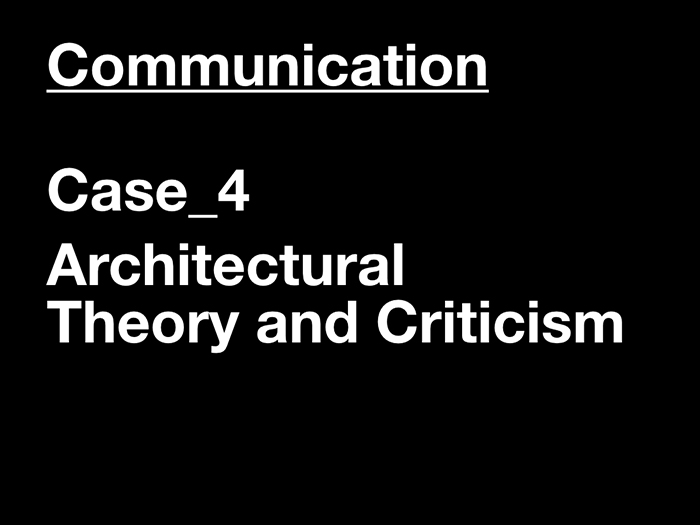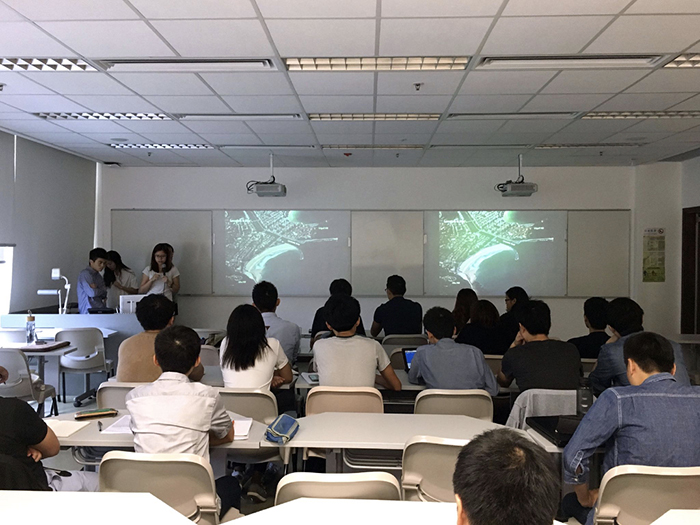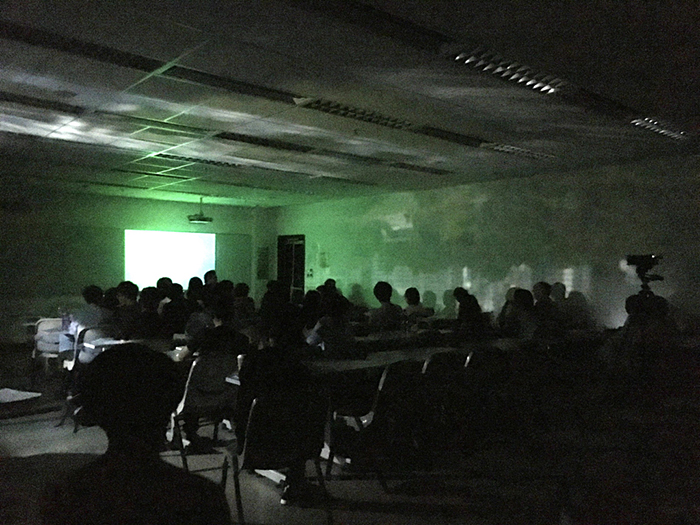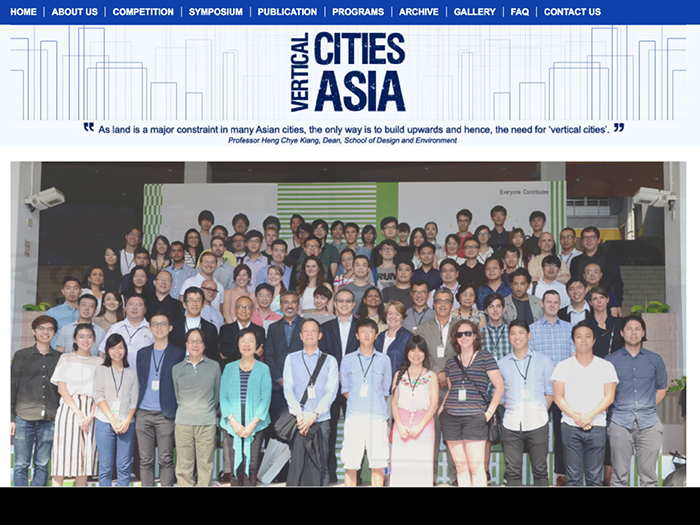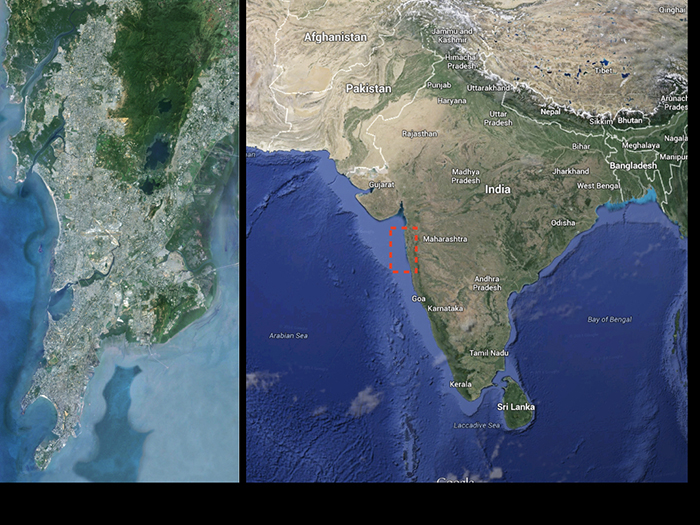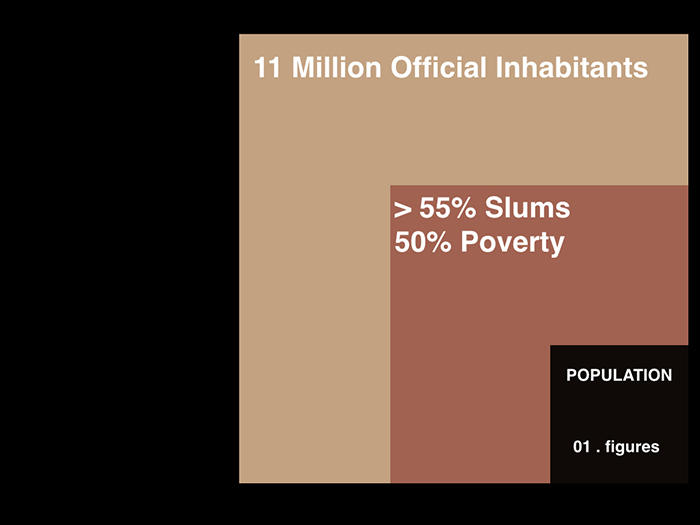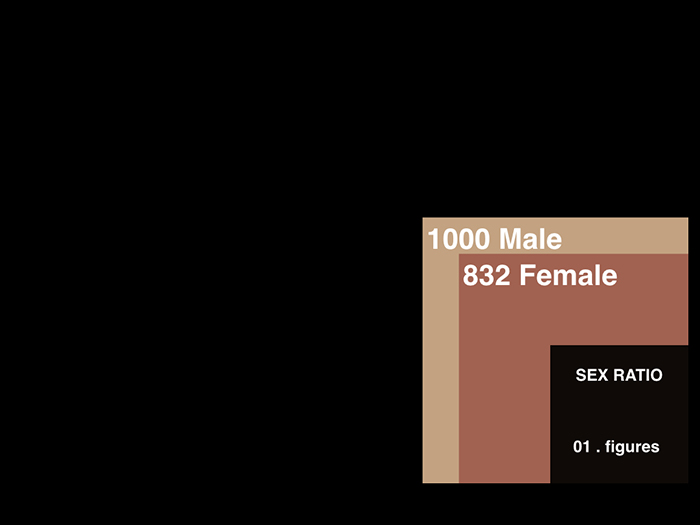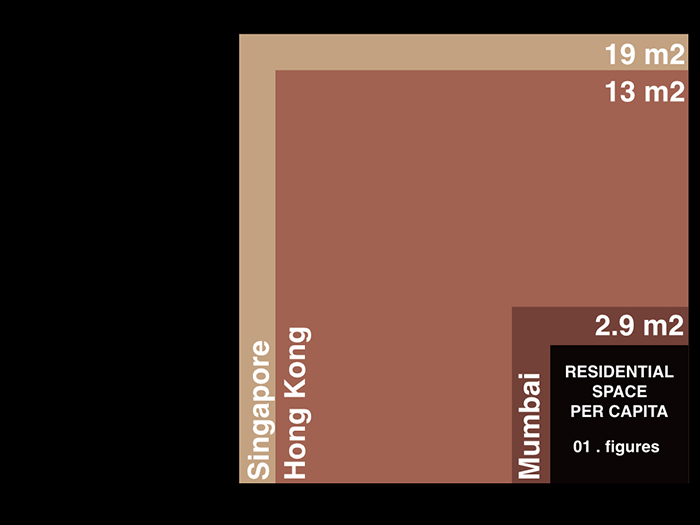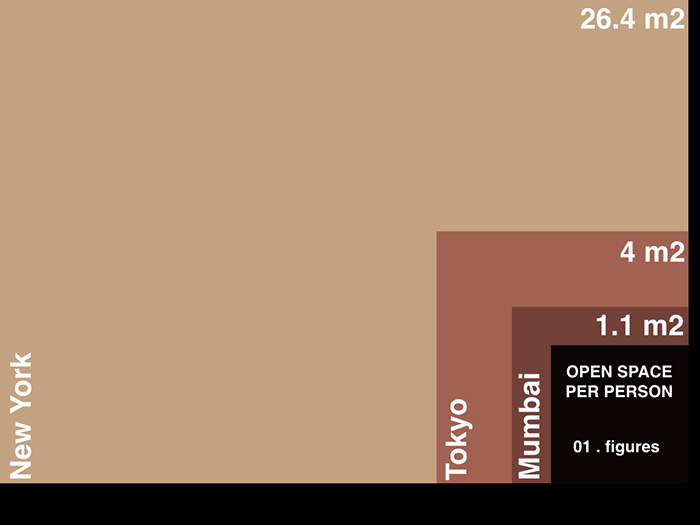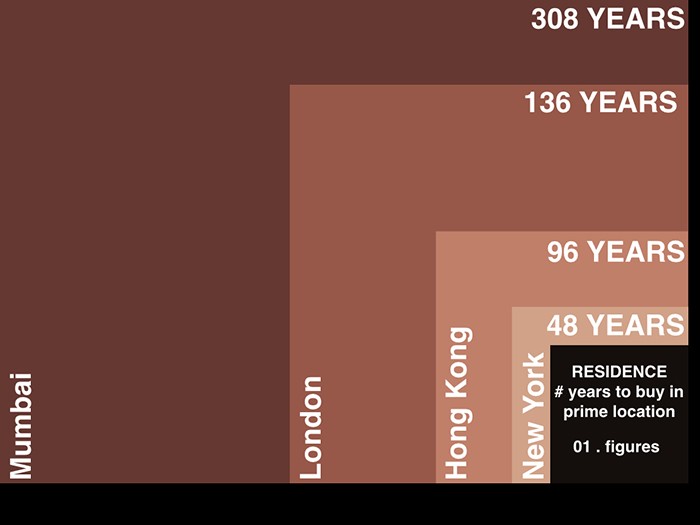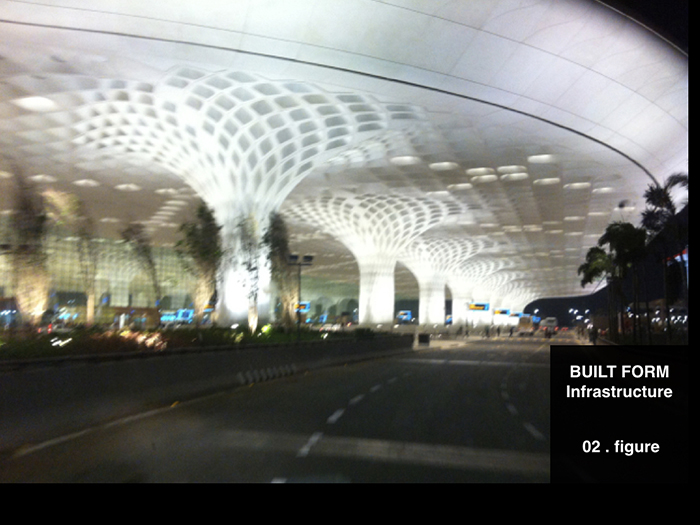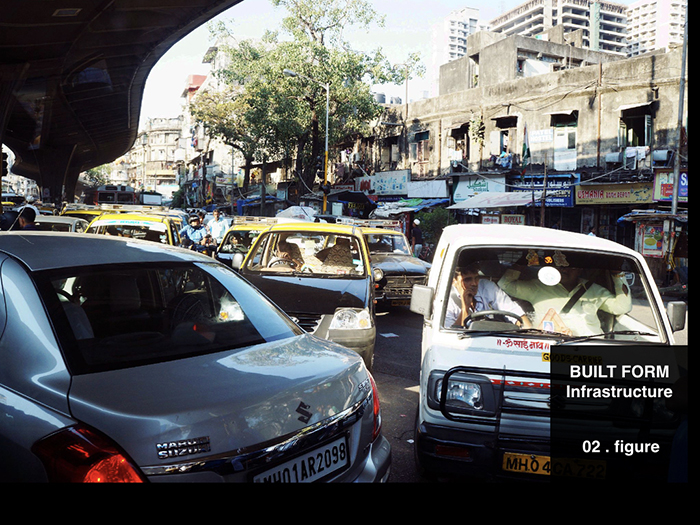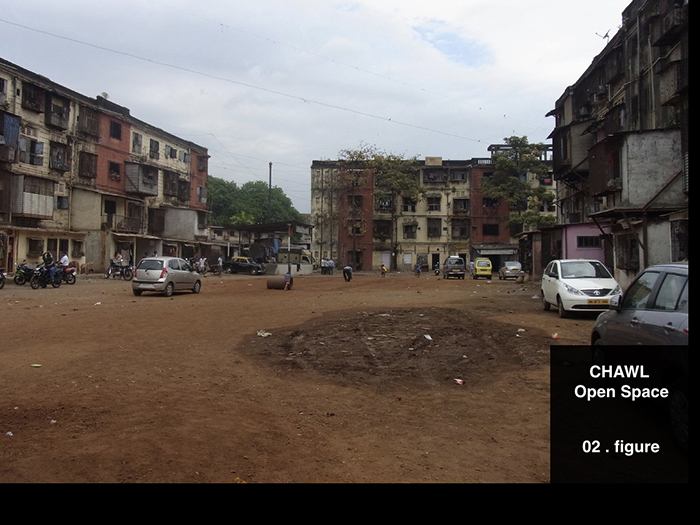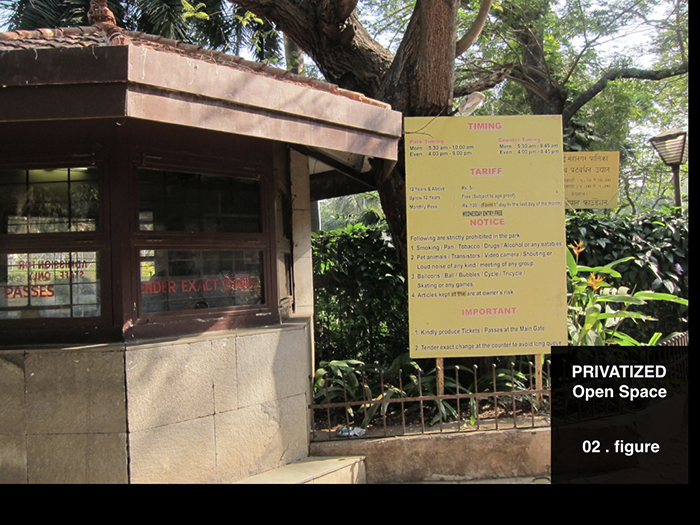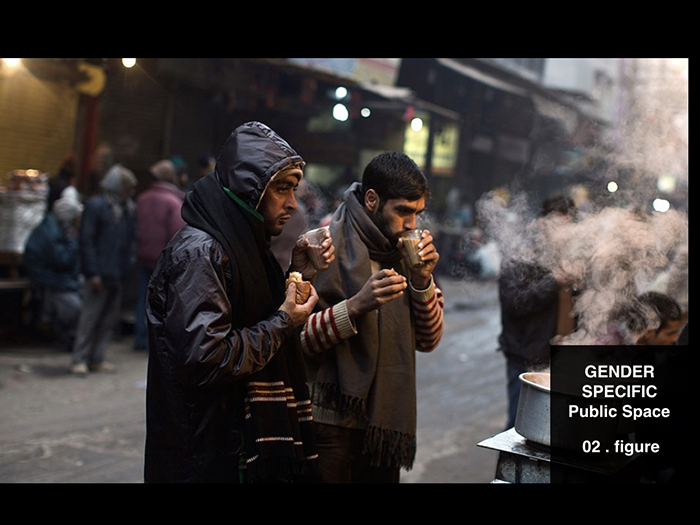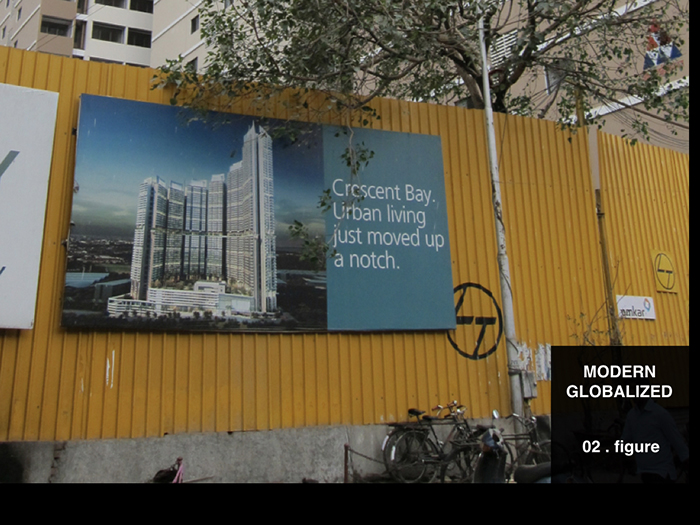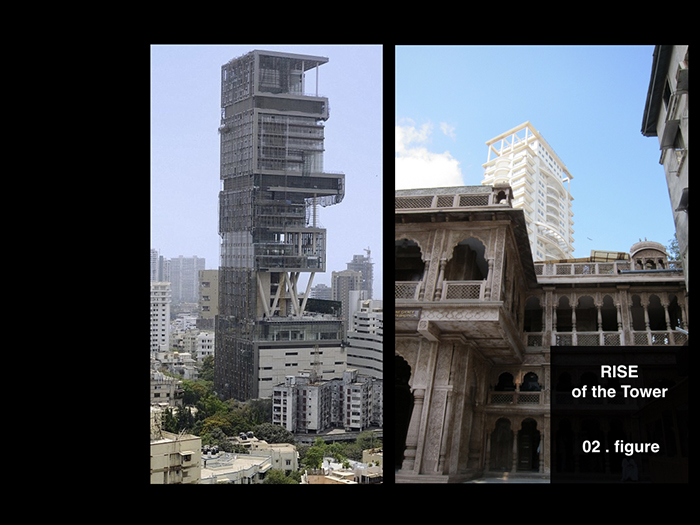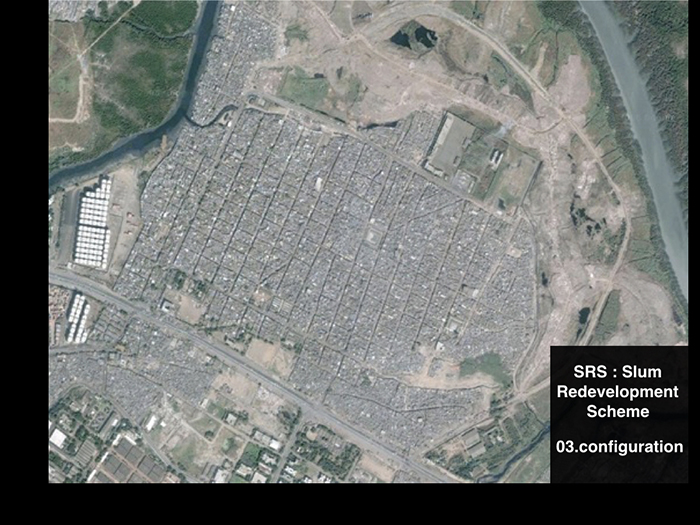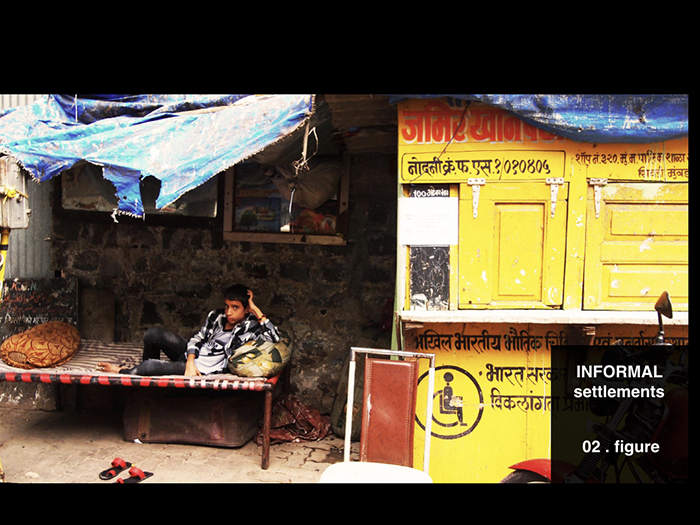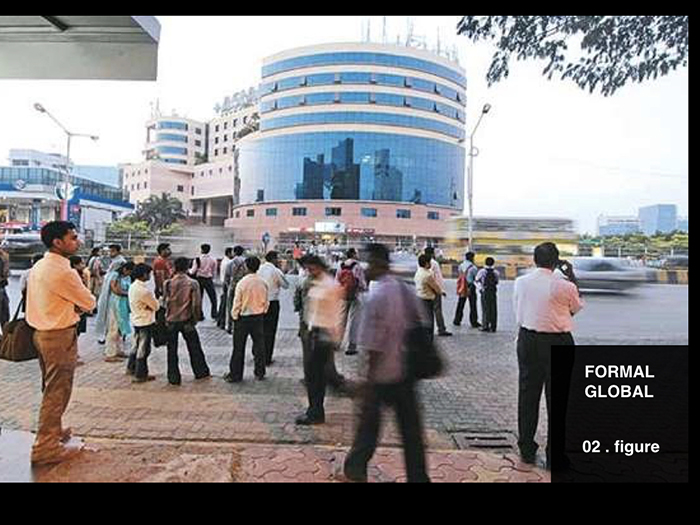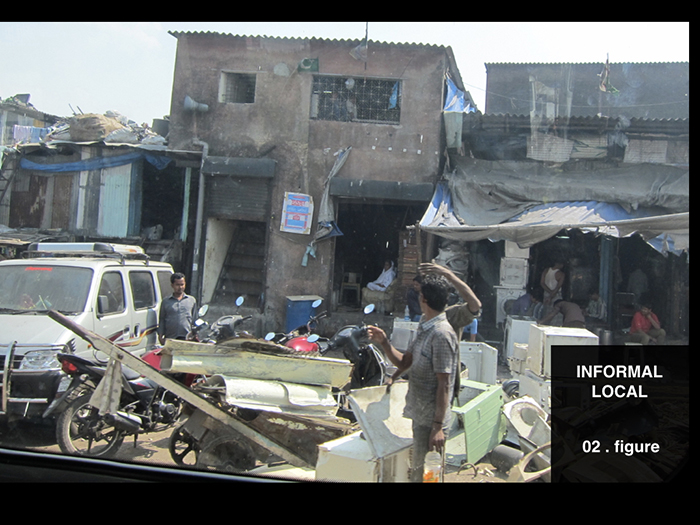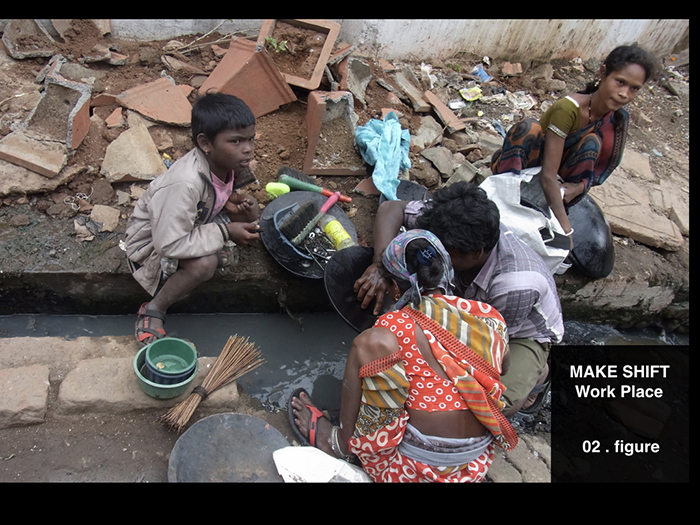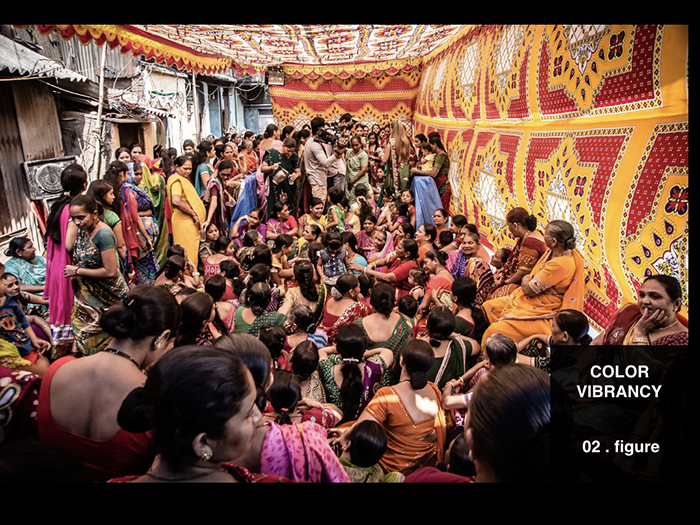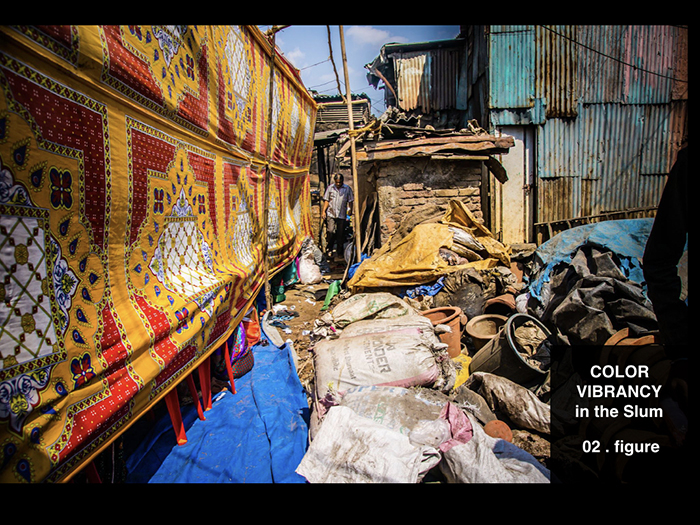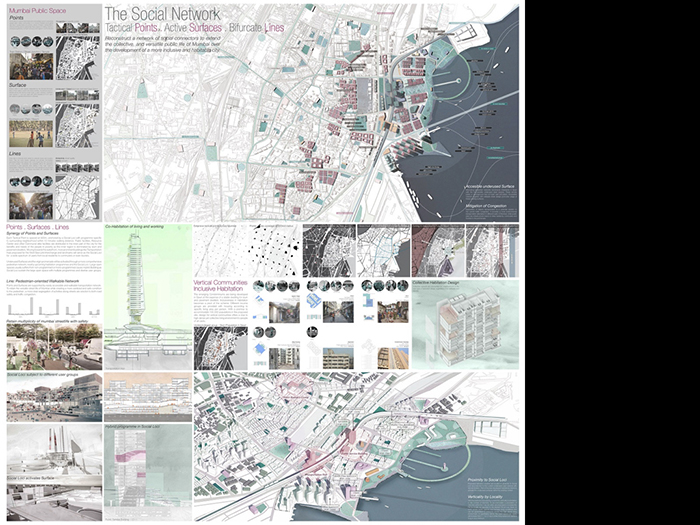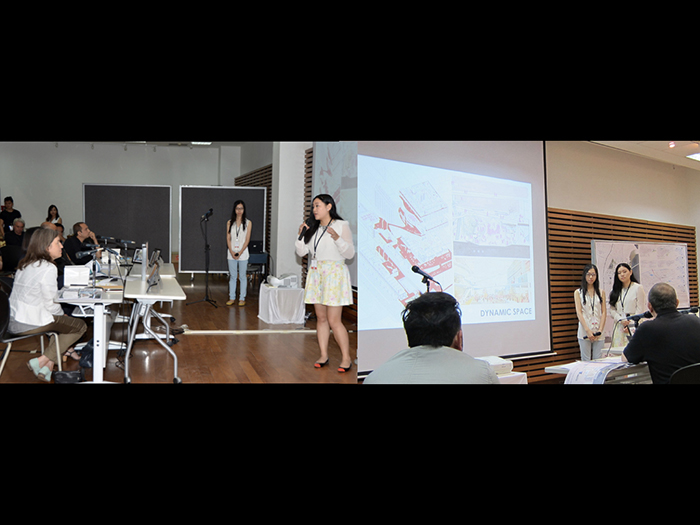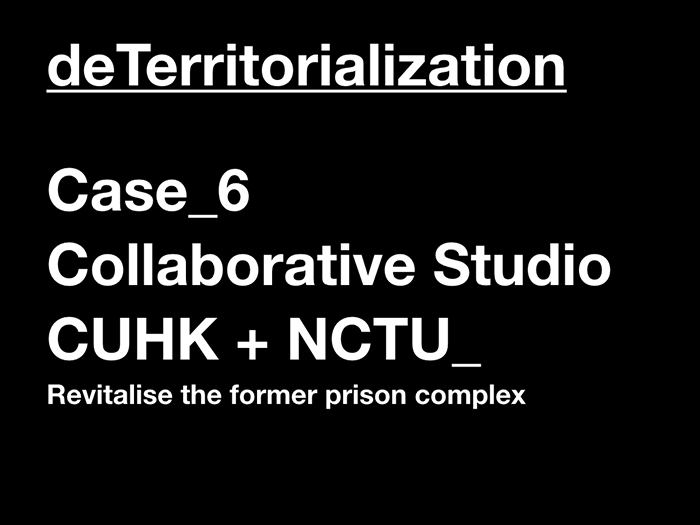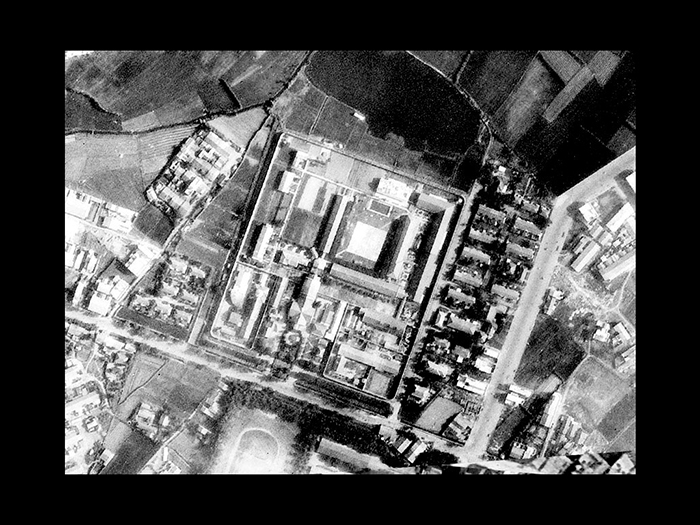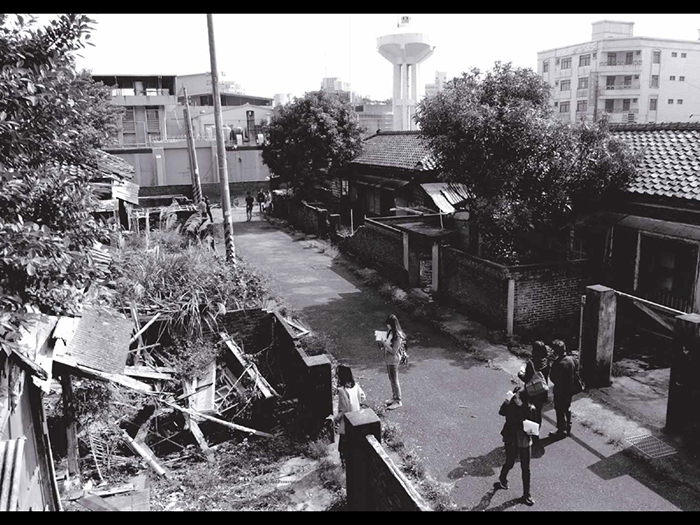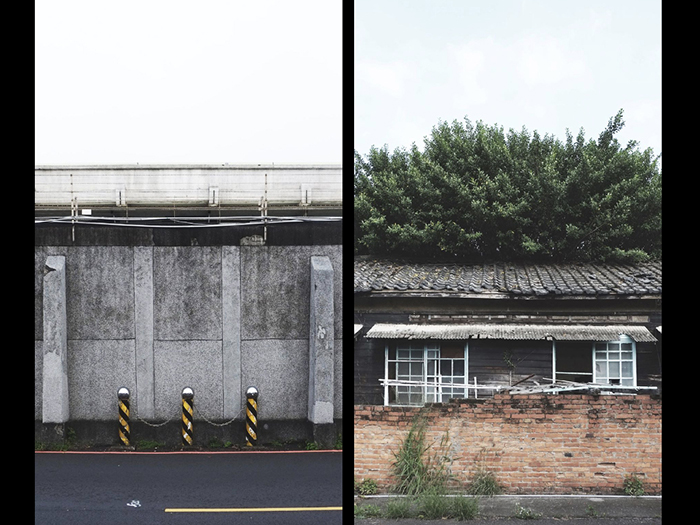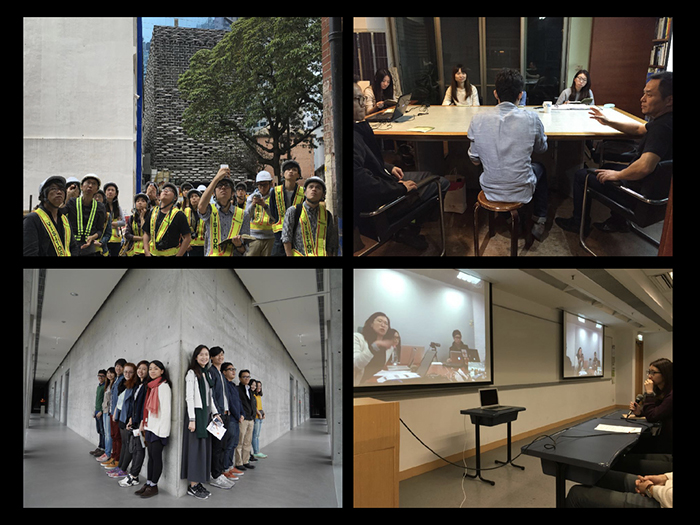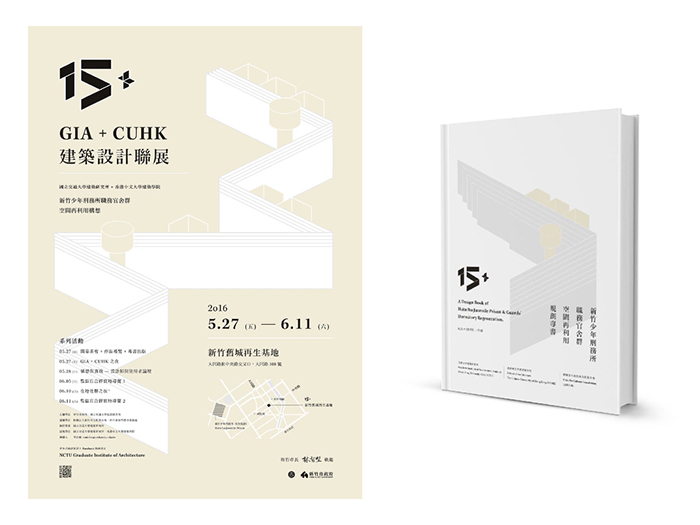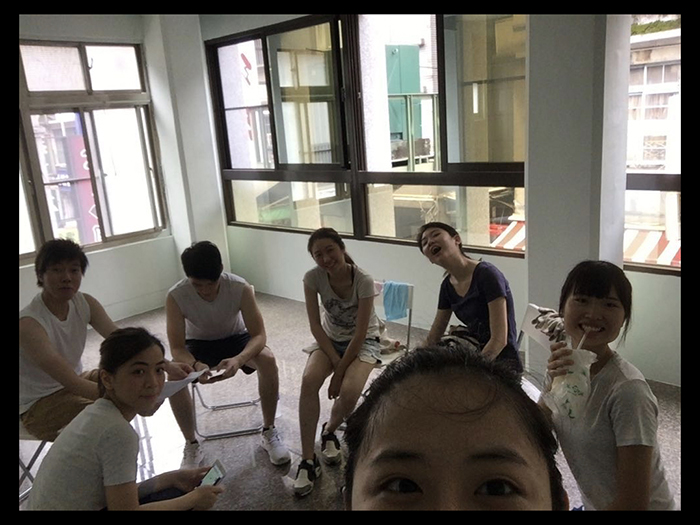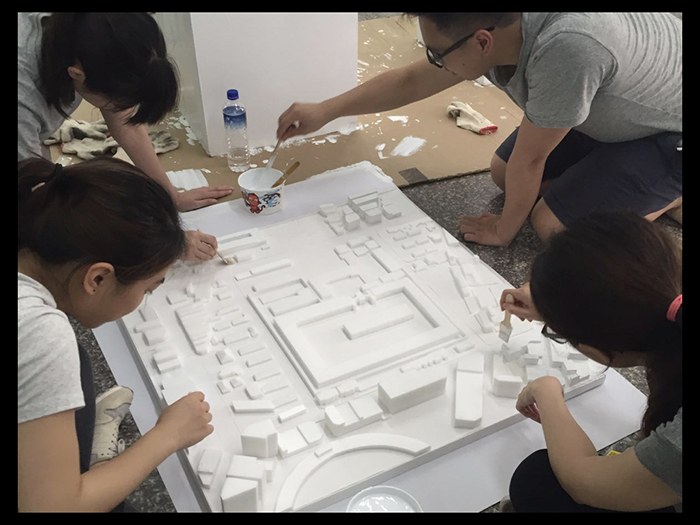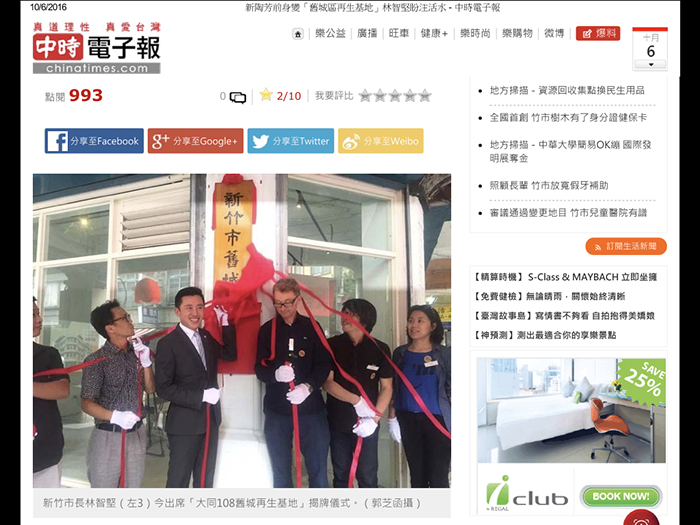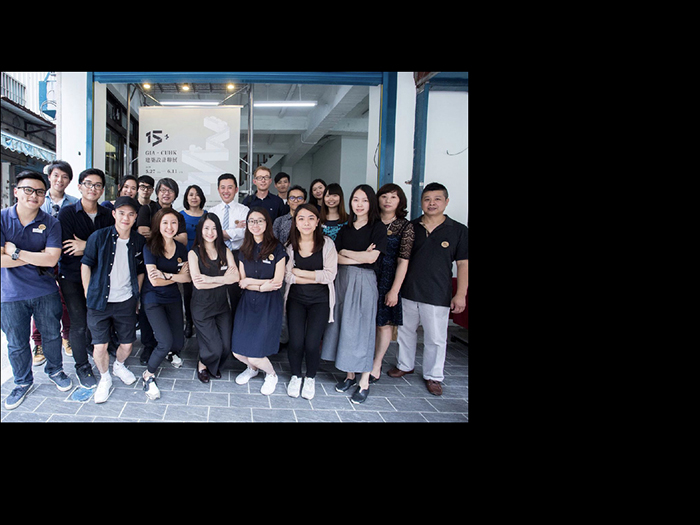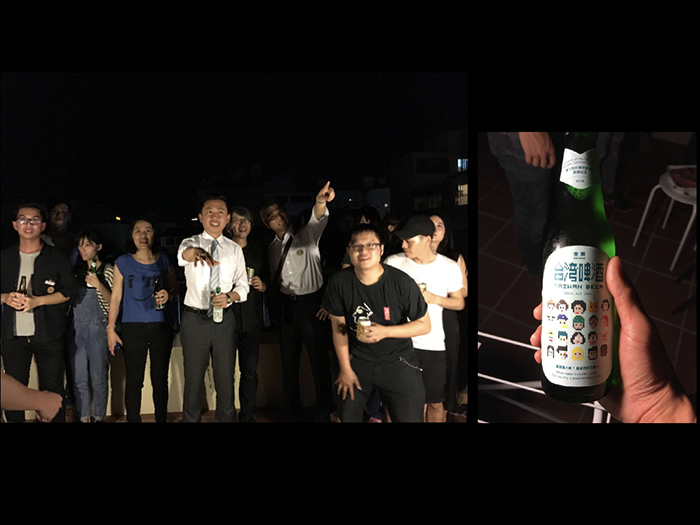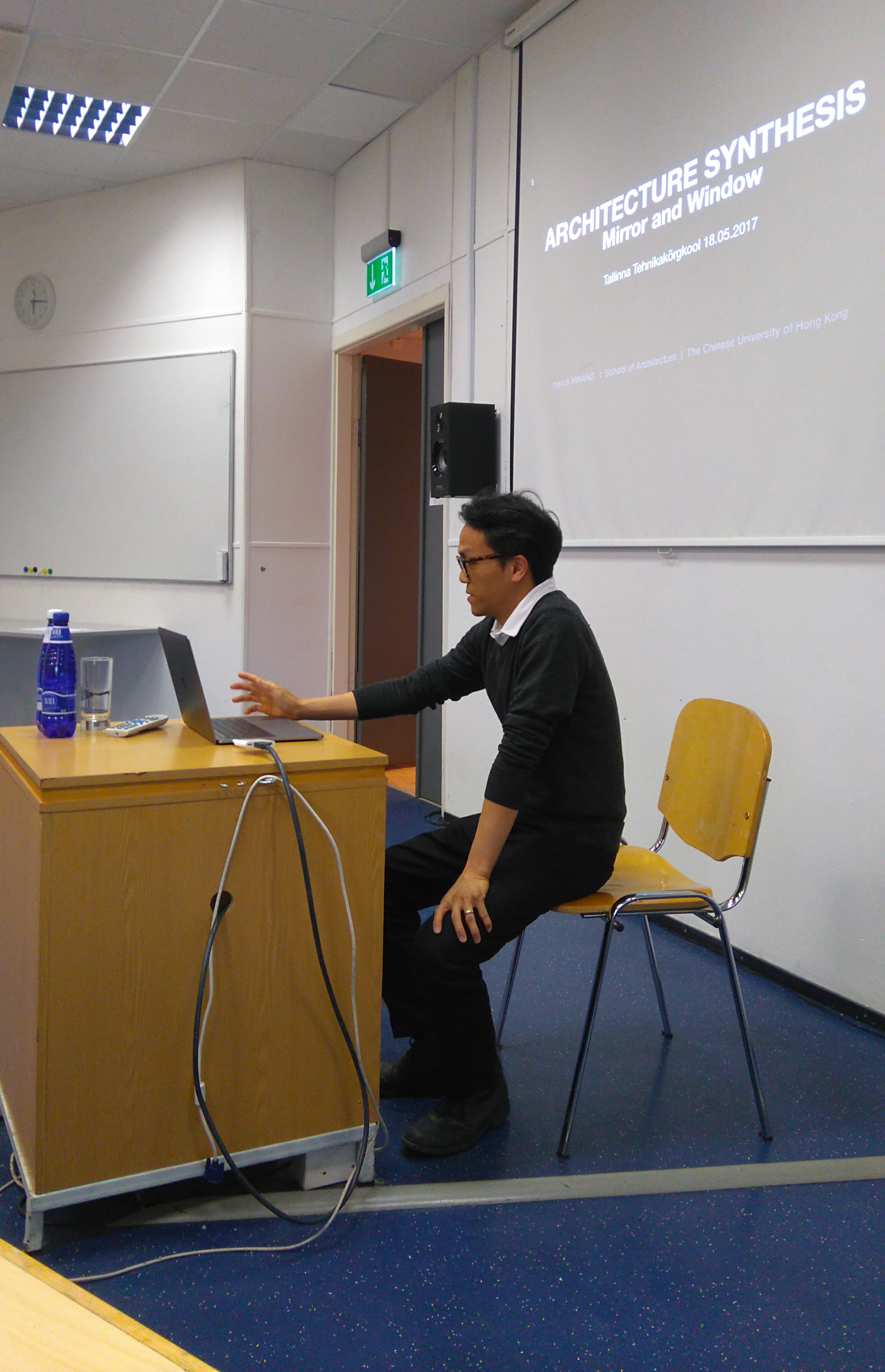Under the premise of looking out and mirroring ones inner self, the lecture discusses the means and end to the path of education in preparation for the evolving world, specifically in the field of architecture. In the age of de-territorialized architecture practice, the end is not about producing students with knowledge catered to a particular industry or locality. Instead, it is for them to develop architectural intelligence and skills that are mobile and fluid so they can contribute and manoeuvre reflectively according to the situations. Therefore I would like to argue that architecture education must create the conditions that enable this potential.
The lecture aims to offer a pedagogical framework addressing the challenge of evolving practice. Four keywords are selected to reflect the notion of mirror and window: Position, Transmutation, Communication and De-territorialization. The four categories are examined through design problems from the School of Architecture at the Chinese University of Hong Kong.
POSITION_As argued by architect Michiel Riedijk Position is used to define the ground through which the work is operated on. The position an architect adopts with regard to a given assignment is fundamental to the design of an architecture. The nature of the position is utterly important particularly due to the permanence of the building and its impact to the city and the society at large. Forming a position in architecture is not exclusively a matter for the practice. It is something that is advocated in School of architecture, and particularly important when it comes to the Thesis Project. Unlike design studios where the briefs are given by professors. Thesis, for the most part is self initiated in a one year long research and design project. It could be summarized with the following key principles: Define, Delve, Deduce, Develop and Defend.
TRANSMUTATION_To design is to imagine and synthesize, it often involves taking one form of thought and mutated into something other than its origin. Be it turning paper into a cup or wood into musical instrument, or more in recent times an idea into a functional app. In architecture, imagination means transforming a given circumstance by giving a new purpose, form and life. This given circumstance is at times abstract and formless (such as a schedule of accommodation, a client’s vision or instinct for a project), while other times it starts with the concrete matter (of an existing building or the specific conditions of a site). Transmutation therefore could be understood as the means through which imaginations are materialised.
COMMUNICATION_Architectural communication is understood as a means to an end: lines, notations in a series of steps from idea toward built realization, the projected building-to-be. Reinforcing the distance between the concrete/ low-level codification of the building form to the abstract/ highly codified drawing. Representation therefore could be understood as a series of provisional strategies to mediate between the two different worlds, the imagined and the built. Representation in short is a vehicle; a mediator; an in-between of the two fields.
DETERRITORIALIZATION_Deterritorialization is the norm to practice today; it is not an exception but an expectation. Students of architecture in droves will either work in an unfamiliar territory or on projects with which its disposition is foreign. Not only are buildings being designed from across the globe, but parts of a building could be manufactured and sourced from all over the world. This ease of border-crossing has resulted in cities becoming monotonous for their lack of differentiation, where cities are at risk of becoming more like one another rather than carrying its unique identity and lineage. Because of this inevitable trend, I have been doing a number of collaborative studios on the MArch level, that exposes students to the broader set of concerns in the practice of architecture.
Student works cited: Jisoo Park, Eunice Tsui, Larry Liu, Thomas Chee, Sophia Au, Shirley Cheung, Kitty Zhou, Cyrus Chan, Doris Leung, Cindy Ng, Wayne Wan, Tiffanny Wong, Magenta Kietkhajornsiri, Kattie Yau, Derek Pang, Christy Lee, and students from the National Chiao Tung University of Taiwan.
